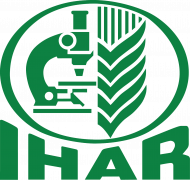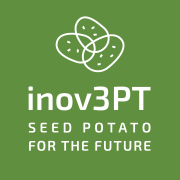Abstract
Declining soil fertility and climate change have led to a reduction in potato yield and thus negatively affected the livelihood of communities that rely on the crop. A study was conducted in Nyandarua County, Kenya, for two seasons to evaluate the potential of potato-legume intercropping in enhancing N and P uptake and use efficiencies and on potato fresh tuber and equivalent yield (PEY). Potato equivalent yield compares system performance by converting the yield of legume crops into equivalent potato yield based on prevailing market prices. Treatments comprised two potato-legume intercrops: lima bean (Phaseolus lunatus L.) and lupin (Lupinus albus L.), and two inorganic fertilizers: Di-ammonium phosphate (18:46:0), composite NPK (17:17:17), and a no input control. Treatment combinations were as follows: (i) sole potato, (ii) potato-lima beans and (iii) potato-lupin intercrops. Fertilizers were applied to each of the three cropping systems separately. Higher N uptake was found in sole potato (73.5 kg ha−1), which was more than double that recorded in potato-lupin (35.9 kg ha−1) and 60% more than that recorded in potato-lima beans intercrop (46.8 kg ha−1). On the other hand, N use efficiency was higher in potato-lupin (240.6 kg PEY kg−1 N supply) and sole potato (238.6 kg PEY kg−1 N supply) and lowest in potato-lima beans (139.0 kg PEY kg−1 N supply). Intercropping resulted in a decrease in fresh tuber yield by more than 70% while the equivalent yield decreased by almost 15 Mg ha−1. The application of fertilizer did not enhance the recovery of the yield loss. The study establishes that the choice of companion legumes in intercropping can significantly influence nutrient uptake and use efficiency, and thus the yield of the potato crop.















